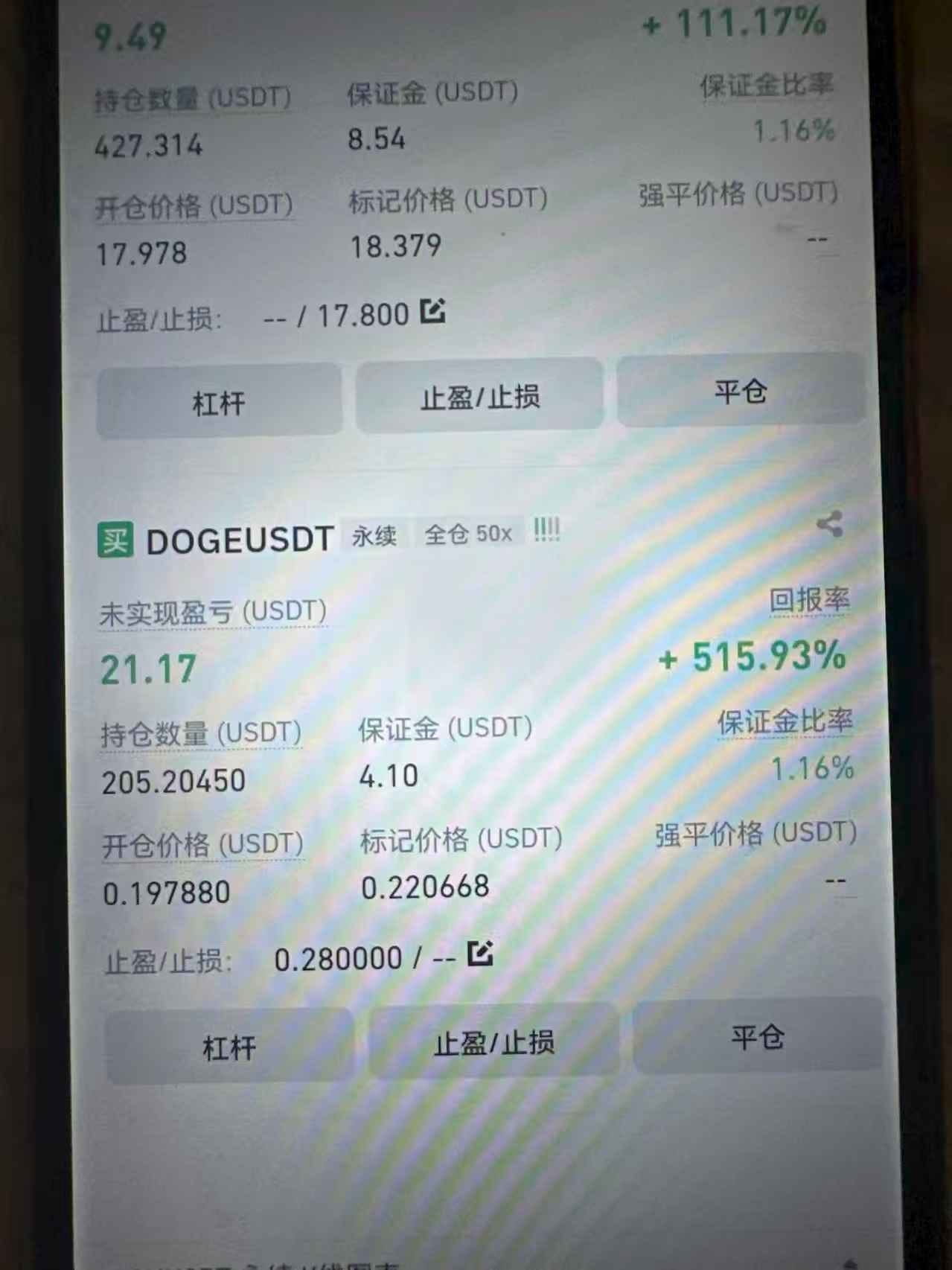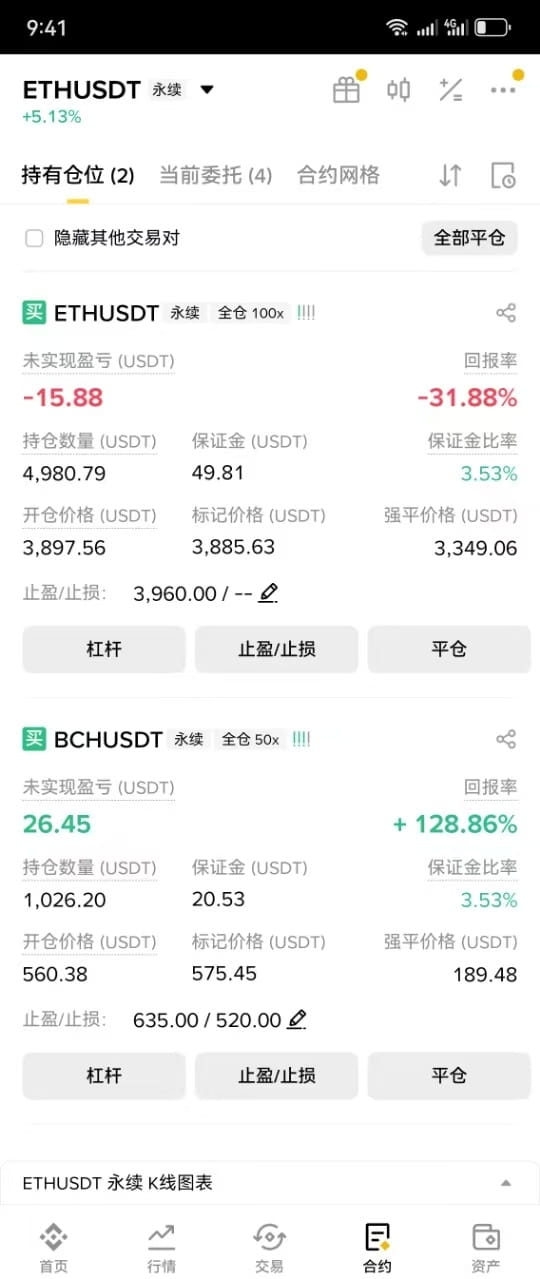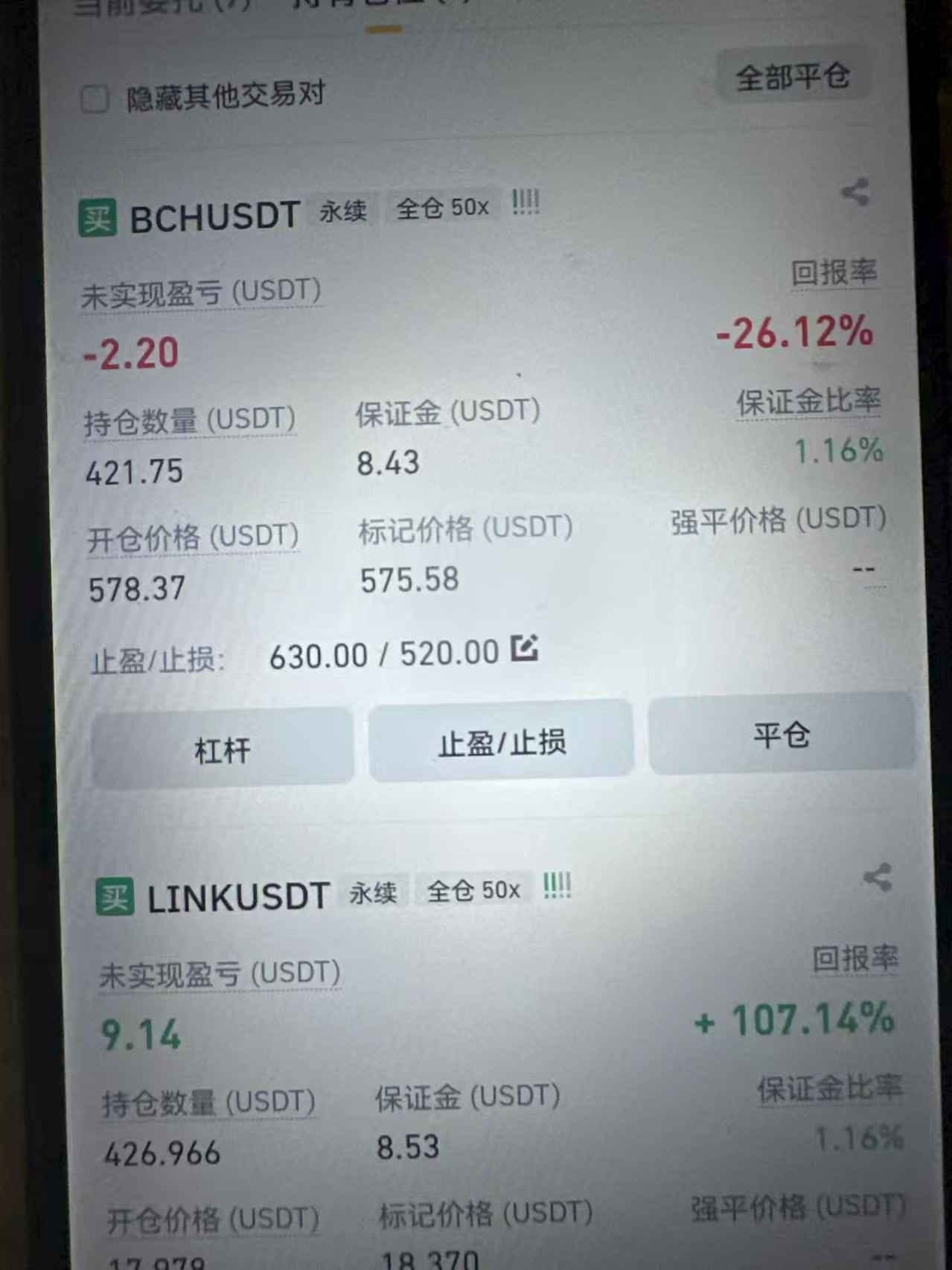Core Viewpoint: Binance and OKX are currently leading and relatively safe centralized cryptocurrency exchanges globally, but "absolute safety" does not exist in the crypto space; the key lies in understanding their security measures and personal operational risks.
Detailed Expansion and Analysis:
Binance:
Global Leader: The exchange with the largest trading volume, most users, and the richest variety of cryptocurrencies, with excellent liquidity.
Shield Merchants (now often referred to as "VIP Merchants" or "Certified Merchants"):
Function: These are merchants on Binance's peer-to-peer trading platform (P2P) that have undergone stricter reviews and have better reputations. Choosing them carries relatively lower trading risks.
Compensation Guarantee: This is an important guarantee measure provided by Binance's P2P platform.
Trigger Conditions: Users trade with Shield/VIP merchants through Binance's official payment methods and strictly follow the platform process (e.g., not transferring privately, not clicking unknown links). If the user receives dirty money or their bank card is frozen due to merchant issues (such as dirty money), Binance will initiate compensation.
Compensation Ratio: There is indeed a policy with a maximum compensation of 50% (specific terms may be updated, subject to the latest announcements on the Binance official website).
Compensation Limit: The single transaction compensation limit is usually equivalent to $50,000 (or corresponding fiat currency amount). This is a key point, and large transactions should pay attention to this limit.
Core Value: It provides a certain economic compensation when encountering the "frozen card" risk in P2P transactions, significantly reducing user concerns, and is one of the core competitive advantages of Binance P2P.
MSB License: Registered with the Financial Crimes Enforcement Network of the U.S. Department of the Treasury, indicating compliance with anti-money laundering regulations. This is a basic requirement for compliance but does not equate to absolute safety of funds.
Merkle Tree Reserve Proof: Binance regularly publishes this proof to transparently demonstrate that it holds sufficient user asset reserves (1:1 or higher). This helps enhance user trust in its fund custody. Note: The independence of the audit institution and the rigor of the proof method are user concerns.

OKX:
Strong Comprehensive Strength: Ranks among the top in global trading volume, with a rich product line (spot, contracts, options, wealth management, Web3 wallets, etc.), and a large user base.
Buying USDT Cheap:
Reason: This usually refers to the relatively competitive quotes for USDT on its peer-to-peer trading market (OKX P2P).
Driving Factors:
Intense Merchant Competition: Many active merchants attract users by lowering quotes.
Platform Promotion Strategy: Sometimes, platforms or merchants offer subsidies or preferential rates.
Market Supply and Demand: When there are more sellers than buyers at specific times, prices may decline.
Note: "Cheap" needs to be compared with real-time market prices and quotes from different payment methods (bank cards, Alipay, WeChat, etc.), while strictly selecting reputable merchants to avoid encountering dirty money or scams due to small gains.
MSB License: Also holds the U.S. MSB license, meeting basic compliance requirements.
Merkle Tree Reserve Proof: OKX also regularly publishes its reserve proof, with the same principle as Binance, aiming to prove it holds sufficient user assets.

Supplementary Key Points and Security Suggestions:
"Safety" is Relative:
Centralized Exchange Risks: All CEXs carry potential risks: hacking (although top exchanges invest heavily in security), internal malfeasance, operational risks (such as bankruptcy, though the probability is low), sudden regulatory policy changes, etc.
Cannot Guarantee 100%: MSB licenses and reserve proofs are important safety cornerstones, but they are not foolproof talismans.
Platform Security Measures Are Not Limited to This:
Cold and Hot Wallet Separation: Most user assets are stored in offline cold wallets, making it difficult for hackers to access.
Multi-Signature: Major operations require multiple key authorizations.
Risk Control System: A powerful real-time monitoring system prevents abnormal transactions and attacks.
Insurance Fund: Some exchanges set up funds to deal with extreme situations (such as liquidation).
Mandatory 2FA Authentication: Key operations such as login and withdrawal require dual verification (Google Authenticator, SMS code, etc.), and users must enable it!
User Security Is Core:
Strong Password + Independent Email: Use a high-strength, unique password and an email specifically for the exchange.
Enable All 2FA: Absolutely necessary! Prioritize using Google Authenticator or Authy, and be cautious with SMS verification (which has SIM card hijacking risks).
Withdrawal Address Whitelist: Set a whitelist for commonly used withdrawal addresses to prevent input errors or address tampering.
Prevent Phishing: Access exchanges only through official channels, and be wary of counterfeit websites, emails, and customer service.
Cautious Authorization: Manage API key permissions carefully, avoiding excessive authorization to third-party tools.
Cold Storage for Large Assets: For large assets that are not frequently traded, it is strongly recommended to transfer them to hardware wallets (cold wallets) where you control the private keys. This is the safest storage method ("Not your keys, not your crypto").
P2P Trading Risks:
Strictly Screen Merchants: Check transaction volume, completion rate, good review rate, and registration duration. Prefer platform certified merchants (Shield/VIP).
Never Leave the Platform: All communications and transfers must be conducted within the platform. Reject any requests for private transactions, scanning QR codes for payments, or clicking unknown links.
Preserve Evidence: Keep complete chat records and transfer vouchers.
Small Amount Testing: When trading with new merchants, start with a small amount for testing.
Bank Card Isolation: Try to use dedicated bank cards that are not salary cards/mortgage cards for P2P deposits and withdrawals to reduce the impact of frozen cards on life.
Understand Compensation Rules: Clearly understand the conditions, ratios, and limits of platform compensation (e.g., Binance's 50%/$50,000).
Other Security Options:
Coinbase (NASDAQ listed): Known for strict compliance, under multiple U.S. regulations, suitable for users who highly value compliance. However, the variety of trading products and flexibility may not be as great as Binance/OKX, and fees are relatively high.
Kraken: An established exchange with a good reputation for safety, focusing on transparency and compliance.
Decentralized Exchanges: During trading, assets are always in the user's own wallet (such as Metamask), eliminating the risk of platform collapse or misappropriation. However, the operational threshold is slightly higher, liquidity, trading depth, and speed may not be as good as top CEXs, and risks of contract vulnerabilities and scam tokens need to be guarded against.

Summary:
Binance and OKX are currently the most mainstream and relatively secure centralized exchange options. Binance has unique characteristics in P2P compensation protection, while OKX's P2P market prices can sometimes be more competitive.
MSB License and Merkle Tree Reserve Proof are important foundational compliance and transparency measures that enhance trust, but do not equate to absolute safety.
Users' security awareness and operational habits are crucial, especially enabling 2FA, preventing phishing, being cautious in P2P transactions, and storing large assets in cold wallets.
Understand the characteristics of different exchanges (such as Binance's compensation rules and OKX's P2P prices) and choose based on individual needs (compliance, trading depth, specific functions).
Always Remember: The risk in the crypto space is extremely high, there are no "absolutely safe" exchanges; diversifying risks (not putting all assets in one exchange/type) and ensuring personal protection is fundamental.
Choosing which exchange requires weighing security, liquidity, fees, functions, user experience, and your specific needs (for example, if you value P2P protection highly, Binance is the preferred choice; if you mainly buy USDT and are price-sensitive, you can compare OKX P2P). No matter which one you choose, be sure to implement your own security measures.
#美国加征关税 #比特币流动性危机 #美SEC批准流动性质押
Continue to Follow: prom ilv tut gps
The market is always fluctuating, but real opportunities are only left for those who are prepared. Follow @加密月姐 to gain exclusive market insights, grasp key buying and selling points, and capture certain profits amidst chaos. Professional analysis guides you through bull and bear markets, rejecting emotional trading, and winning every market wave with strategy.
